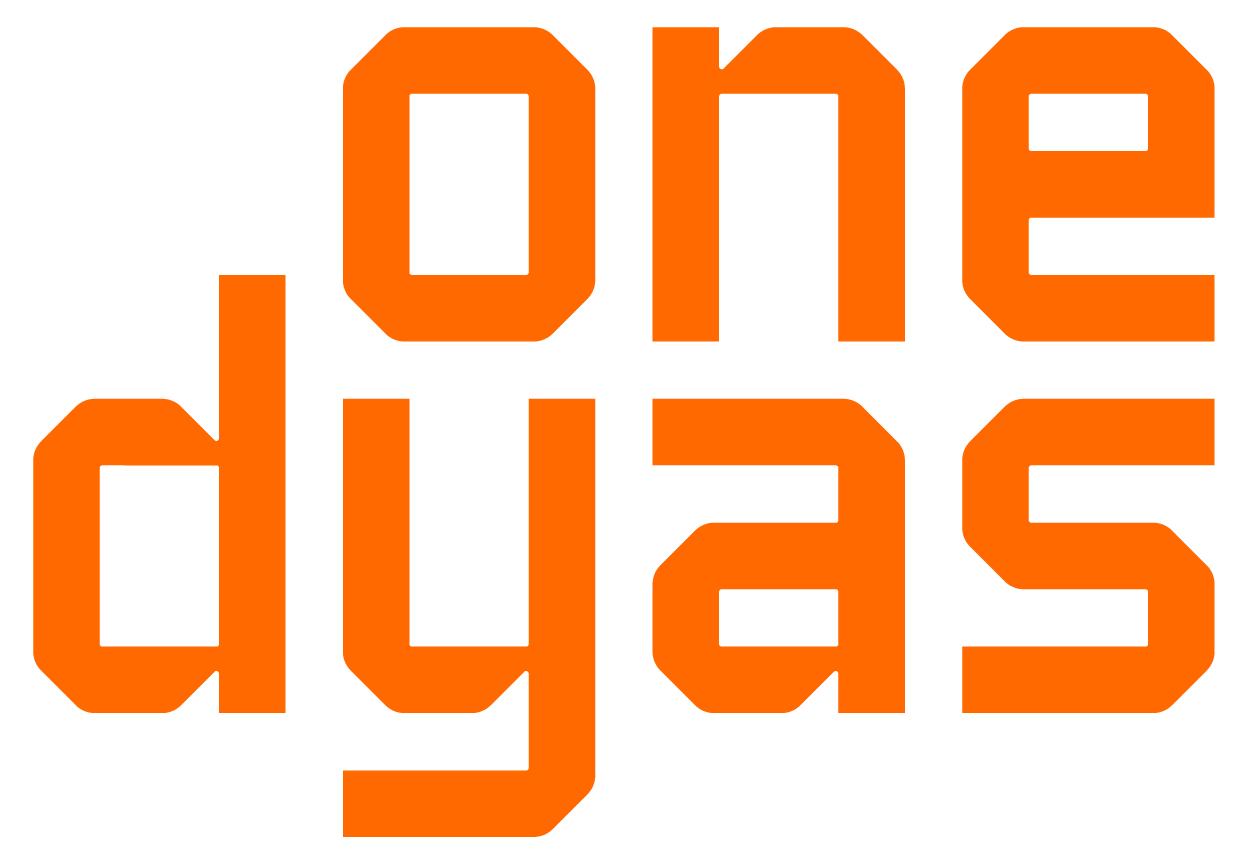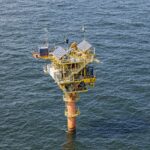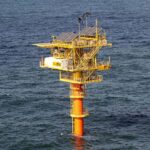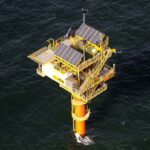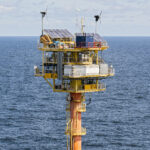ONE-Dyas B.V. operates the M07-A platform in the Dutch sector of the North Sea in partnership with EBN (50%) and TAQA (5%). There are currently three wells in production from two different gas fields: M07-A01X (M07-A) and M07-A02Y and A03 (M07-B).
Geology
The M07-A and B gas fields of the licence block M07a are located towards the southern flank of the Terschelling Basin. Their position beneath a busy shipping lane precludes surface operations directly above: these take place and in a 1km-wide corridor to the north between the shipping lane and an adjacent military zone.
The NW-SE oriented structure is bounded in the west, south and east by faults, with an open flank dipping to the north.
The M07-A gas accumulation lies in the Lower Volpriehausen Sandstone layer of the Volpriehausen Formation, part of the Main Bundtsandstein Group (Lower Germanic Triassic Group).
Smaller, isolated gas deposits of gas have also been found in the Terschelling and Scruff sands (Upper Jurassic Schieland Group) and the Detfurth and Hardegsen sands (Main Bundsandstein Group).
The M07-B gas accumulation sits in the Scruff Spiculite Member (Scruff Greensand Formation) and the Schill Grund Member (Lutine Formation) of the Scruff Group. The sands are of late Jurassic to early Cretaceous age.
The process
The unmanned M07-A platform is designed for remote operation. It consists of three well slots, monotower, base frame, and topside powered by solar panels and windmills.
Gas is transported to the NAM-operated L09-FF platform via a 6” diameter 12.2km pipeline, then exported to Den Helder via the NOGAT pipeline. Injecting chemicals via a 2” piggyback line from L09-FF prevents the formation of gas hydrates and corrosion.
History
The M07 gas fields were first discovered by Clyde Petroleum in 1996. The first production well M07-A01X was drilled by Cirrus Energy Nederland B.V. during the summer in 2009 following the installation of the M07-A platform. Production then began in September 2009.
The second well M07-A02 (M07-07) was also drilled by Cirrus Energy Nederland B.V. in July 2010. This confirmed the existence of the M07-B field and production subsequently got underway in August 2010.
Well M07-A03(M07-08) successfully appraised the southern flank of the M07-B field, where a thickened reservoir was interpreted as bearing gas. It was drilled by Oranje-Nassau Energy B.V and brought onstream in 2014.
In 2016, well M07-A02 was side-tracked (well M07-A02Y), tested, and put into production.
Safety and environment
M07-A is designed to exploit the natural gas field, operating remotely under all weather conditions.
Because it does not have a helideck, the platform can only be reached by sea. Maintenance teams make occasional visits for safety and operational reasons.
In 2010 an extension was installed on the top deck to serve as a landing platform, allowing personnel to be transferred by winch to or from the platform.
Three years later, the platform was modernised with facilities to separate production water from the gas and condensate flow. Water is discharged overboard, and the separated condensate returned to the gas stream.
Electricity is generated by solar panels and wind turbines, with energy stored in on-platform batteries. A diesel generator acts as a back-up to the renewable energy sources and also powers maintenance work.
